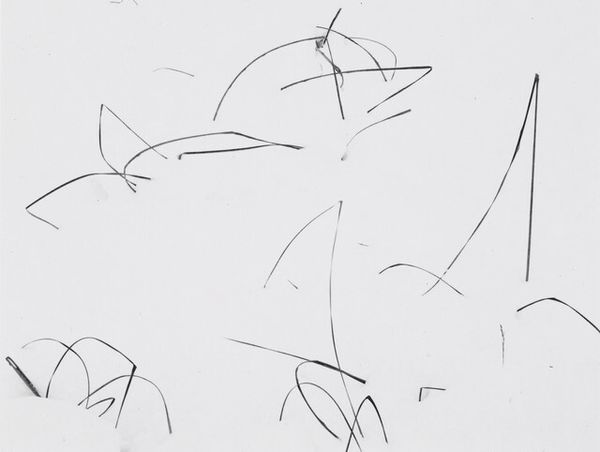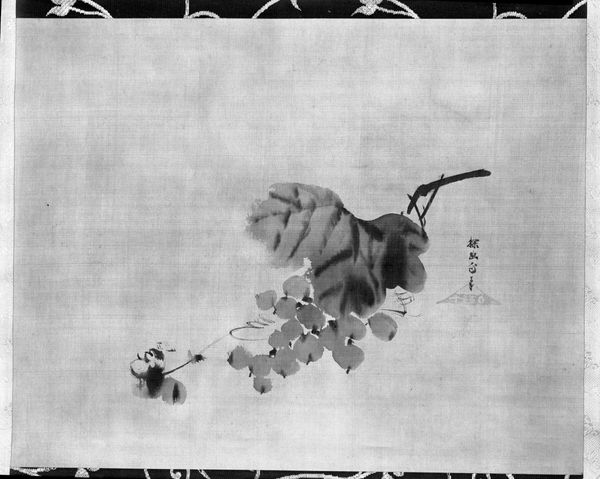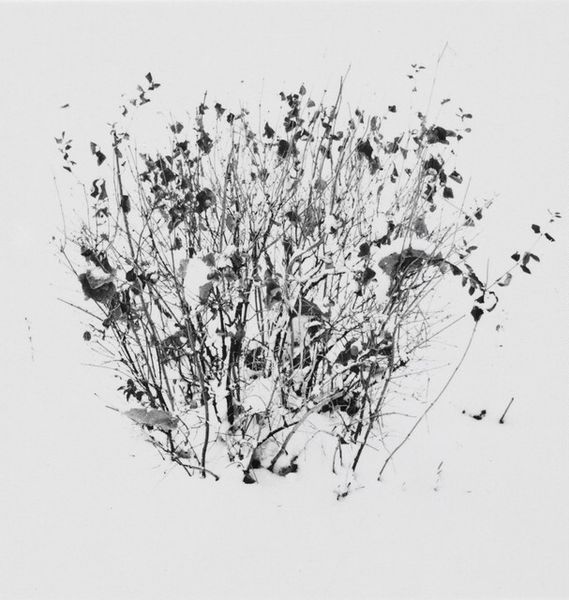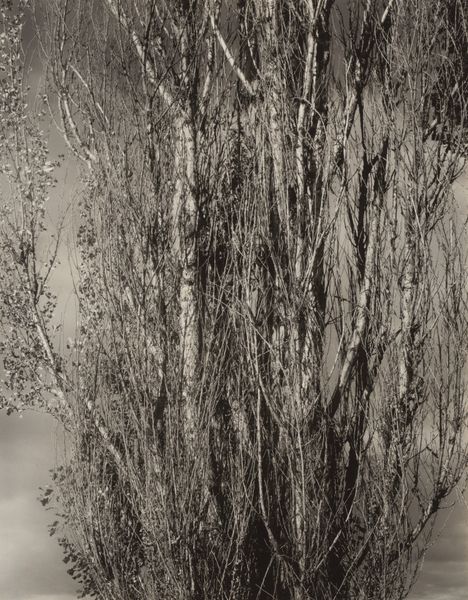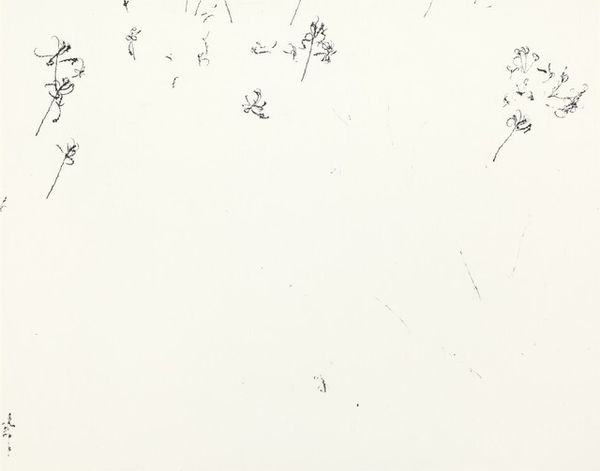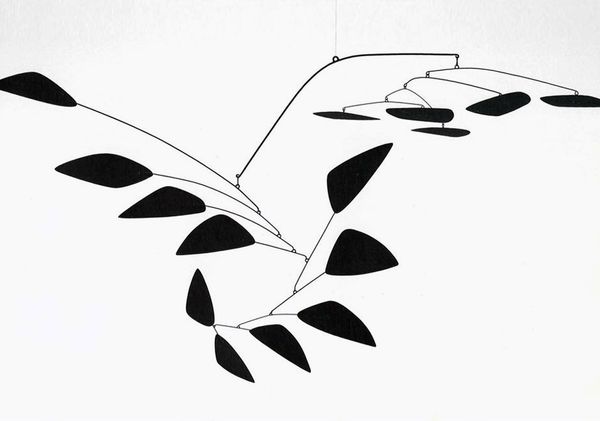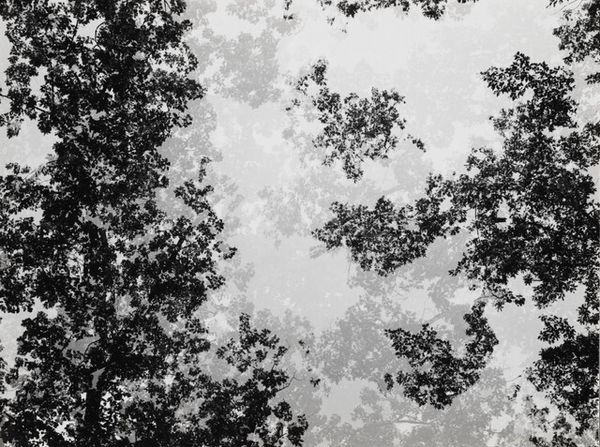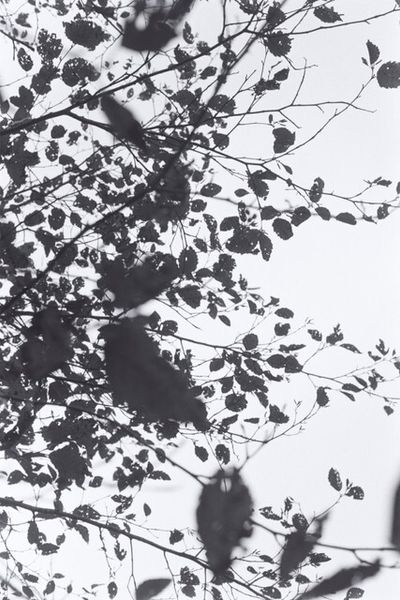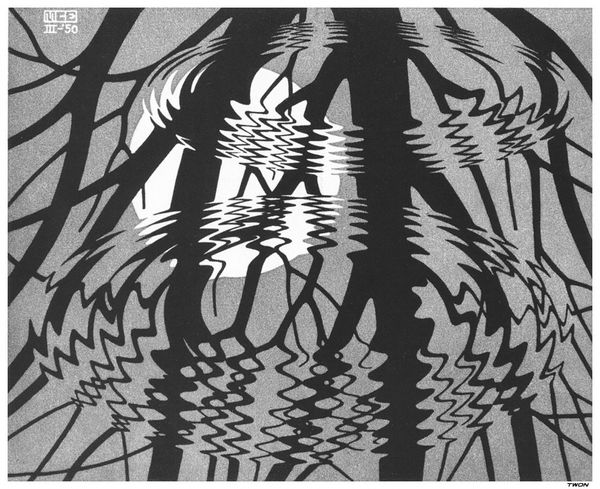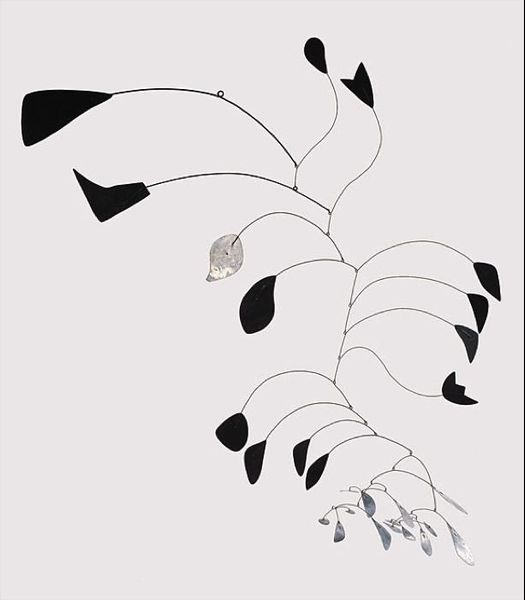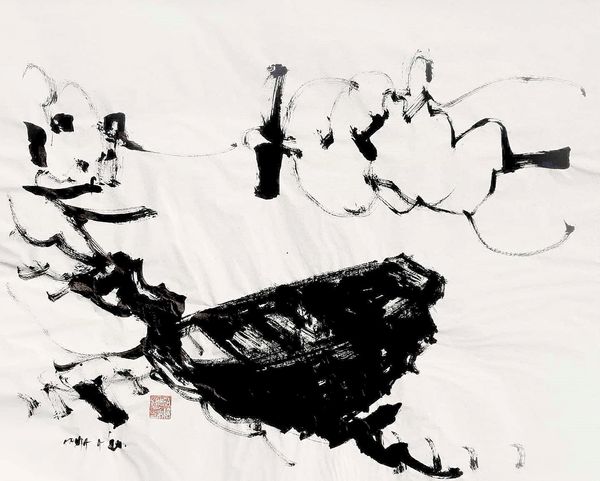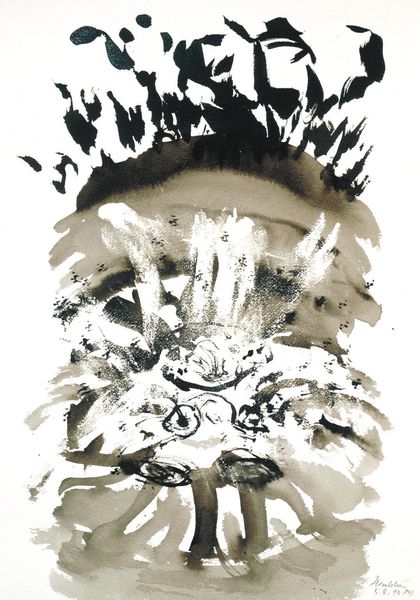
drawing, paper, ink
#
drawing
#
line-art
#
asian-art
#
flower
#
paper
#
line art
#
ink
#
plant
#
orientalism
#
line
Copyright: Public domain China
Editor: Here we have Qi Baishi’s "Daffodils," created in 1925 using ink on paper. It’s a delicate work, primarily black and white, and I’m struck by the sparseness, the use of empty space around the flowers and foliage. How do you interpret this work? Curator: It’s interesting that you’re drawn to the sparseness. Consider the historical context: China in the early 20th century was undergoing significant social and political upheaval. How might Baishi’s choice of such a minimalist composition reflect a response to this turmoil, a seeking of serenity amidst chaos? It’s rendered in the literati tradition, which privileges personal expression and often subtle protest against oppressive social structures. Editor: That's a perspective I hadn't considered. I was focused on the art itself and missed the commentary on societal matters. So, the simplicity isn’t just aesthetic? Curator: Precisely. Consider the daffodils themselves. Flowers, often seen as symbols of beauty, can also represent resilience and renewal, pushing through the darkness to bloom. What might the choice of daffodils specifically, signify in the context of a society struggling to redefine itself? What connotations do daffodils bring to mind? Editor: New beginnings maybe? Hope? Curator: Exactly. And within the black and white rendering, which is so tied to Chinese ink painting, consider the balance between the two – the darkness and the light – how they represent struggle and hope respectively, mirroring the dualities inherent in societal change. Also, did you notice the implied absence of colour itself could perhaps be seen as a subtle commentary on societal imbalances or disparities? Editor: Now I see it! The daffodils become much more than just pretty flowers. This has truly deepened my understanding; it is incredible how much social context can be embedded within art. Curator: Absolutely. And remember, our interpretation is just one lens through which to view this powerful work. The conversation it sparks is ultimately the most important thing.
Comments
No comments
Be the first to comment and join the conversation on the ultimate creative platform.
